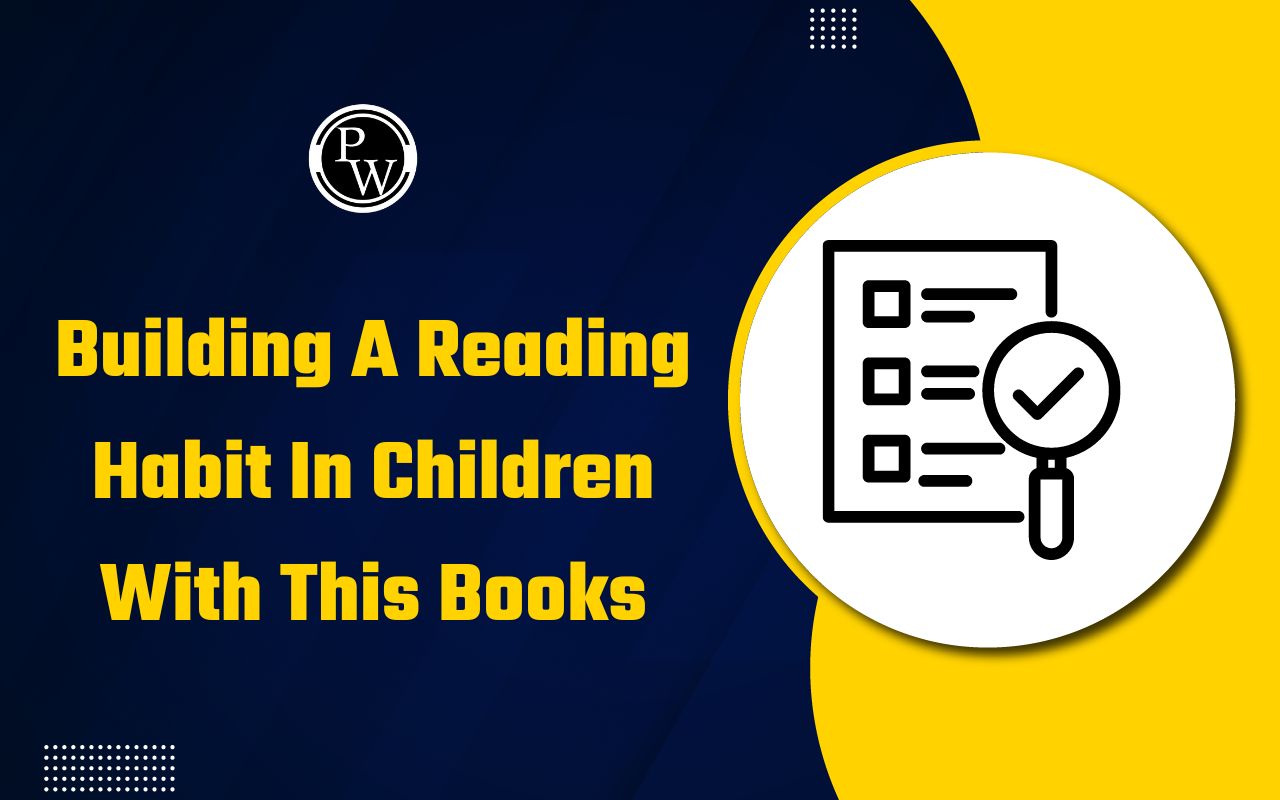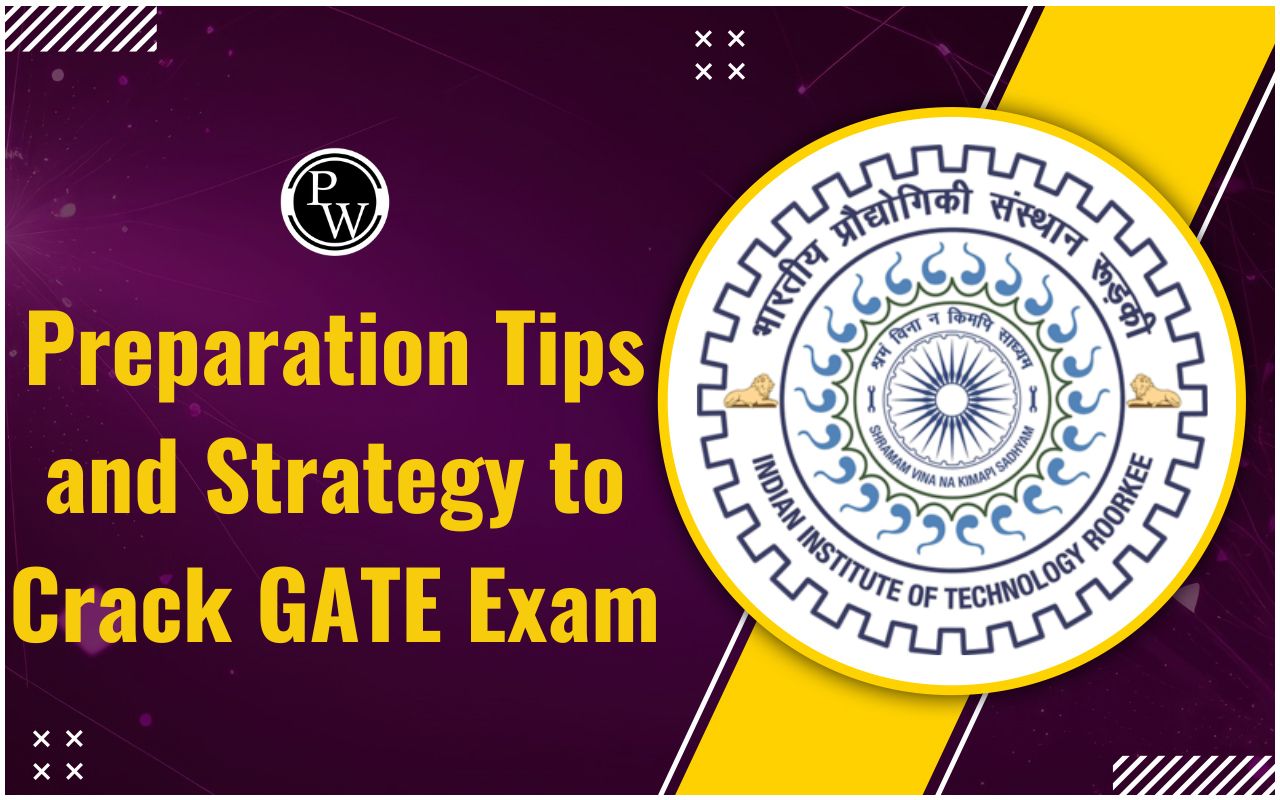CBSE Class 10 Maths Notes For 2025 Board Exams

Class 10 Maths Notes:- The Mathematics Class 10 Notes are organised by chapter, making it easy for students to find what they need. These notes are important for preparing for the board exams, as they cover all the key topics from each chapter. Students can use the links provided to study specific chapters in detail, ensuring they understand the material well.
By using and practising these Class 10 Revision Notes, students can prepare thoroughly and improve their performance in the Class 10 Board exam. The PDF notes focus on the important parts of each chapter, making them great for quick revisions before exams. Reviewing these summaries helps students feel more confident and ready for the exam.
For focused and efficient studying, students should also refer to the Class 10 Mathematics NCERT Textbook. The updated CBSE Class 10 Mathematics syllabus includes key topics and events that are important for the exams, ensuring students are well-prepared to face any challenges.
CBSE Class 10th Maths Notes
Get the CBSE Class 10th Maths Notes below:-
|
CBSE Class 10 Maths Notes |
|
Chapter 1 – Real Numbers Notes For CBSE Class 10 |
|
Chapter 2 – Polynomials Notes For CBSE Class 10 |
|
Chapter 3 – Pair of Linear Equations in Two Variables Notes For CBSE Class 10 |
|
Chapter 4 – Quadratic Equations Notes For CBSE Class 10 |
|
Chapter 5 – Arithmetic Progressions Notes For CBSE Class 10 |
|
Chapter 6 – Triangles Notes For CBSE Class 10 |
|
Chapter 7 – Coordinate Geometry Notes For CBSE Class 10 |
|
Chapter 8 – Introduction to Trigonometry Notes For CBSE Class 10 |
|
Chapter 9 – Some Applications of Trigonometry Notes For CBSE Class 10 |
|
Chapter 10 – Circles Notes For CBSE Class 10 |
|
Chapter 11 – Areas Related to Circles Notes For CBSE Class 10 |
|
Chapter 12 – Surface Areas and Volumes Notes For CBSE Class 10 |
|
Chapter 13 – Statistics Notes For CBSE Class 10 |
|
Chapter 14 – Probability Notes For CBSE Class 10 |
Check out: CBSE Class 10 Mathematics Sample Question Papers 2025
Important Concepts from NCERT Class 10 Mathematics Chapters
1. Real Numbers
This section focuses on real numbers, which form the foundation of mathematics. Students will delve into the properties of real numbers, including their classification into rational and irrational numbers. The Euclidean algorithm will be introduced as a method for finding the greatest common divisor (GCD) of two integers, illustrating its practical applications in number theory. Furthermore, the Fundamental Theorem of Arithmetic will be examined, emphasising the unique factorisation of integers into prime numbers. Additionally, the concept of irrational numbers will be explored, highlighting their significance and properties, such as non-repeating, non-terminating decimal expansions.
2. Polynomials
In the study of polynomials, students will learn about the degree of a polynomial and its implications for the polynomial's behaviour and graph. The relationship between the zeros (roots) and coefficients of polynomials will be discussed through Vieta's formulas, which relate the sums and products of roots to the coefficients. The factorization of polynomials will also be a key focus, including techniques such as grouping, synthetic division, and the application of the Remainder Theorem, which helps to simplify and solve polynomial equations.
Get CBSE Class 10 PYQs to enhance your preparation.
3. Pair of Linear Equations in Two Variables
This topic involves solving linear equations in two variables through various methods. Students will explore graphical methods to visualize solutions, as well as substitution and elimination methods for analytical solving. The cross-multiplication method will also be introduced as a systematic way to solve equations, enhancing students’ problem-solving skills and understanding of the relationships between variables in linear equations.
4. Quadratic Equations
In this unit, students will learn to solve quadratic equations through multiple approaches: factorization, completing the square, and the quadratic formula. Each method will be discussed in detail, along with its advantages and specific applications. Students will also study the nature of roots, determining whether they are real or complex based on the discriminant, and understanding how the nature of roots affects the graph of a quadratic function.
5. Arithmetic Progressions
Students will identify and work with arithmetic progressions (AP), characterized by a constant difference between consecutive terms. They will learn to find the nth term of an AP and explore methods for calculating the sum of the first n terms. Practical applications of arithmetic progressions will be highlighted, reinforcing the relevance of this concept in real-life situations, such as financial planning and sequence analysis.
6. Triangles
This section covers the properties and theorems related to triangles. Students will explore the similarity of triangles, applying criteria such as AA (Angle-Angle) to prove similarity. The Pythagorean theorem will be discussed, including its applications in various contexts, while the basic proportionality theorem (Thales theorem) will illustrate relationships between segments created by transversal intersecting parallel lines. Real-world applications of these concepts will be emphasized to demonstrate their practical significance.
7. Coordinate Geometry
In coordinate geometry, students will learn to find the distance between two points using the distance formula, and they will practice dividing a line segment into a given ratio. They will also calculate the area of a triangle using coordinates, employing methods such as the determinant formula. This unit will illustrate how algebra and geometry intersect, enhancing spatial reasoning and analytical skills.
8. Introduction to Trigonometry
The introduction to trigonometry will cover essential trigonometric ratios (sine, cosine, and tangent) and their applications in solving problems related to heights and distances. Students will learn to use these ratios in practical scenarios, including navigation, construction, and physics. The exploration of trigonometric identities will also provide a solid foundation for future studies in trigonometry, enabling students to simplify and solve complex equations.
Check out: CBSE Class 10th Sample Papers
9. Circles
Students will explore the properties of tangents to a circle, including how they relate to the radius at the point of tangency. The concept of tangential lines and their geometric significance will be examined, as well as the angle between a radius and tangent. This unit will foster an understanding of circles as fundamental geometric shapes, enhancing students' spatial awareness and reasoning skills.
10. Areas Related to Circles
This topic will involve calculating the area of sectors and segments of circles, with a focus on applying these formulas to solve problems. Students will explore the combination of plane figures involving circles, learn to calculate areas and understand the relationships between different shapes. Real-life applications, such as land measurement and design, will be highlighted to illustrate the relevance of these concepts.
11. Surface Areas and Volumes
In this section, students will learn to find the surface areas and volumes of various solid figures, including spheres, cylinders, cones, and frustums. The formulas for calculating these measurements will be derived and applied through practical examples, enhancing students' understanding of three-dimensional geometry. The connection between surface area and volume in real-world contexts will be emphasized, such as in engineering and architecture.
12. Statistics
Students will develop an understanding of fundamental statistical concepts, including the mean, median, and mode of grouped data. They will learn to represent data visually using cumulative frequency curves (ogives), which will help in analyzing and interpreting data effectively. The significance of statistics in real-world decision-making processes will be discussed, reinforcing the importance of data literacy.
13. Probability
The concept of probability will introduce students to the basic principles of chance. They will learn to calculate the probability of simple events and understand complementary events, developing a foundational understanding of how probability applies to various situations, from games to risk assessment. Practical examples will illustrate how probability can inform decision-making in uncertain situations.
Check out: CBSE Class 10th Question Banks
Benefits of CBSE Mathematics Class 10 Notes
1. Comprehensive Review
CBSE Mathematics Class 10 notes offer a thorough review of all crucial concepts, formulas, and theorems outlined in the Class 10 syllabus. This ensures that students have a complete understanding of the subject matter. Each topic is covered systematically, making it easier for students to identify key areas of focus. Also, consider using CBSE Class 10 Maths question bank.
2. Organised Content
One of the standout features of these PDF notes is their well-organised content. Each chapter is systematically arranged, enabling students to quickly navigate to specific topics or sections they need to study. This organisation is particularly beneficial during last-minute revision sessions before exams, as students can efficiently locate essential information without wasting time.
3. Simplified Explanations
The notes often provide simplified explanations of complex mathematical topics, breaking down intricate concepts into more manageable parts. This approach helps students grasp difficult subjects more easily, fostering a deeper understanding of the material.
4. Portable and Accessible
In today's digital age, accessibility is key to effective studying. The portable and accessible nature of PDF notes means that students can study anytime and anywhere, using a variety of devices such as smartphones, tablets, or laptops. This flexibility allows students to make the most of their study time, whether they are at home, commuting, or waiting in line.
5. Practice Problems
Many PDF notes include a wealth of solved examples and additional practice problems. This feature enables students to actively engage with the material, testing their understanding and applying what they've learned to solve problems. The presence of practice questions reinforces learning and aids in identifying areas that may require further study or clarification.
Check out: CBSE Class 10th Revision Books
Class 10 Maths Notes FAQs
Q1. What are Class 10 Maths Notes?
Ans. Class 10 Maths Notes are concise summaries of key concepts, formulas, and theorems from the CBSE Class 10 Mathematics syllabus, designed to aid students in their exam preparation.
Q2. Why are Class 10 Maths Notes important?
Ans. They help students revise efficiently, understand complex topics easily, and provide a quick reference for important information, ultimately enhancing performance in exams.
Q3. Do the notes include practice problems?
Ans. Many Class 10 Maths Notes come with solved examples and practice problems to help students apply their knowledge and improve their problem-solving skills.
Q4. Can I use these notes for last-minute revision?
Ans. Absolutely! Class 10 Maths Notes are ideal for last-minute revision, as they highlight the essential concepts and provide quick access to important information.
Q5. How do I use the notes effectively?
Ans. To use the notes effectively, read through each chapter thoroughly, practice the problems provided, and refer to them regularly guiding up to exams.











